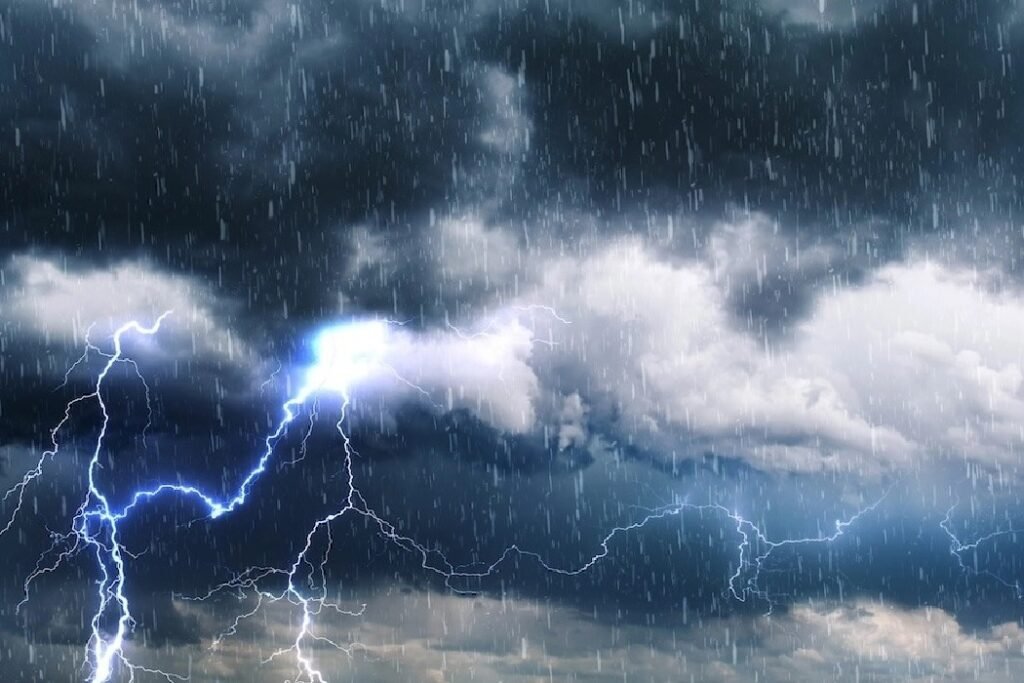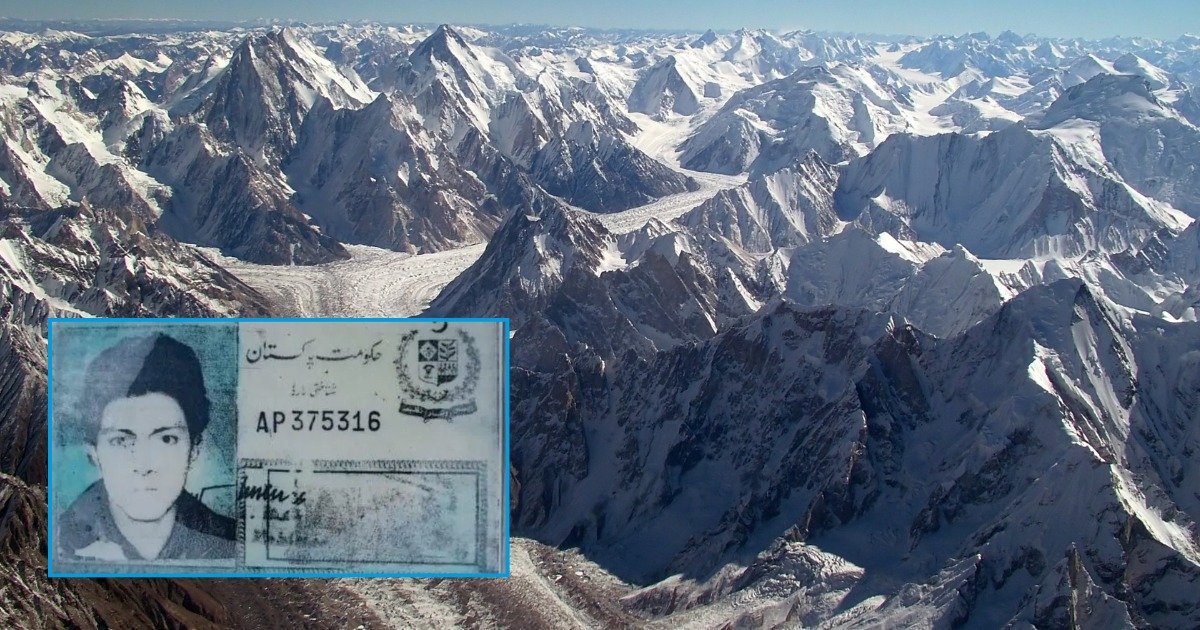The Pakistan Meteorological Department (PMD) issued a fresh weather advisory Pakistan. It forecasts heavy rain and thunderstorms Pakistan in northern and central Pakistan from August 5 to 10. Skies over Punjab, Khyber Pakhtunkhwa, Gilgit Baltistan, Kashmir and Islamabad will erupt in stormy pulses. Meanwhile flash floods risk Pakistan increases as streams and nullahs swell quickly. NDMA flood warnings remain active in vulnerable zones. Authorities urge residents in hilly and low‑lying areas to stay vigilant and follow official guidance. This forecast calls for urgent action as monsoon dynamics intensify across major parts of the country. For more latest news checkout, Pakistan coverage.
Market Surge
Storm-driven weather is pushing up prices across cities. Vegetable rates climbed steeply as rainfall disrupted transportation. Meanwhile, dairy logistics stalled due to waterlogged roads in Punjab and Khyber Pakhtunkhwa. Because of urban flooding, traders now expect further price surges. This demonstrates clearly how weather changes shape daily markets and affect life. Additionally it highlights the broader impact rain can have beyond mere forecasts—it reshapes supply chains and economic patterns too.
Rain Forecast
The PMD weather advisory Pakistan states that rains and thunderstorms will continue until August 10. Gilgit Baltistan, Khyber Pakhtunkhwa, and Punjab face heavy downpours with chances of over 70 mm within short bursts. The Pakistan Meteorological Department (PMD) also warns of high‑velocity winds and hail that may damage weak structures. As conditions worsen locals risk waterlogging and flooding. Travelers should avoid exposed routes and heed the forecast closely for their safety.
| Region | Expected Rainfall (mm) | Risk Level |
| Lahore | 40–60 mm | Moderate |
| Islamabad | 70–80 mm | High |
| Peshawar | 60–75 mm | High |
| Skardu | 50–60 mm | Moderate |
| Karachi | 20–30 mm | Low |
Flood Alerts
Officials already raised flash floods risk Pakistan, especially in hill terrain and low valleys. Through flood warnings NDMA flagged river basins like Chenab, Jhelum and Kabul. They also warned of glacial lake outburst floods (GLOFs) in Gilgit Baltistan and Chitral. NDMA activated search teams and urged local evacuations where needed. Because water levels rise fast, authorities insist on moving early to higher ground. These alerts underline that the season brings real hazards, not just rain.
Impact Areas
The current rainfall heavily affects Khyber Pakhtunkhwa, Gilgit Baltistan, and Punjab where flooding and landslides emerged. The Pakistan Meteorological Department (PMD) predicts these areas will endure prolonged precipitation. Sites like Murree have already seen mudslides block roads. Meanwhile Lahore and Rawalpindi suffer from urban flooding due to poor drainage. Further rural farmland risks submersion, threatening crop cycles and disrupting food production and community life significantly. To Stay updated with the latest weather news, click here.
Safety Measures

During thunderstorms, officials urge staying indoors and avoiding open or wooded areas. You should unplug electric gear as precaution during heavy rain and thunderstorms Pakistan. In flood‑prone zones keep water, medicines and emergency kits ready. Schools in vulnerable districts may close temporarily depending on flood alerts. Also refrain from traveling at night and follow local advisories. These simple actions can prevent injuries, saving both lives and property through smart preparedness.
Agency Response
The National Disaster Management Authority (NDMA) is leading coordinated rescue efforts with provincial and military forces. They opened relief camps in Khyber Pakhtunkhwa and Gilgit Baltistan and distributed sandbags in flood zones. Meanwhile teams monitor weather updates from PMD in real time, refreshing warnings every six hours. Local agencies stay on alert in vulnerable districts. This proactive response ensures officials can act swiftly if flash floods or landslides strike, minimizing damage and saving lives efficiently.
Outlook Summary
The PMD weather advisory Pakistan expects the monsoon to ease slightly after August 10 but scattered showers may linger in some districts. Nonetheless flash floods risk Pakistan remains elevated in vulnerable areas. Sooner rainfall might end but moisture could sustain isolated storms. Citizens should track real-time updates via PMD and NDMA to stay ahead. It’s a time for awareness and action rather than panic, because preparation now can prevent crisis later.
Key Cities Affected
Cities like Lahore, Islamabad, Rawalpindi, Peshawar, Quetta, Gilgit, and Skardu will bear the brunt of thunderstorms, flooding and urban flooding. In Gilgit Baltistan, GLOFs present serious risk due to melting glaciers and heavy rain. Residents may face power outages, blocked roads and mudslides making daily life difficult.
Flash Flood Risks
The flash floods risk Pakistan varies by region. Mountain valleys and hilly terrain face sudden torrents after rainstorms. Rivers and streams in Khyber Pakhtunkhwa, parts of Punjab, and northern areas could flood within hours even on moderate downpours. The NDMA recommends community-based early alerts to help rural areas prepare quickly as water levels rise. To Get all the news and updates from Pakistan, click here.
Frequently Asked Questions (FAQs)
What is the monsoon prediction for Pakistan in 2025?
Pakistan’s monsoon in 2025 is expected to deliver normal to slightly above‑normal rainfall, especially in central and southern Pakistan while northern Pakistan and Gilgit‑Baltistan may see below‑normal rain.
What is the weather agency in Pakistan?
The national weather agency for Pakistan is the Pakistan Meteorological Department (PMD), responsible for forecasting, warnings, hydrology, and disaster risk information.
Is it safe to go to Pakistan in 2025?
Travel safety depends on region and season; though June–September monsoon may bring heavy rain and flood risks in northern Pakistan, much of the country remains accessible with basic local precautions.
Will 2025 have a hot summer?
Yes, Pakistan experienced a severe heatwave from April through early July 2025, with temperatures soaring above 48 °C (118 °F) across central and southern regions.
Which month will be the hottest in 2025?
June 2025 is expected to be the hottest month, with heatwave peaks in late May and early June, often exceeding 48 °C in southern and central Pakistan.








